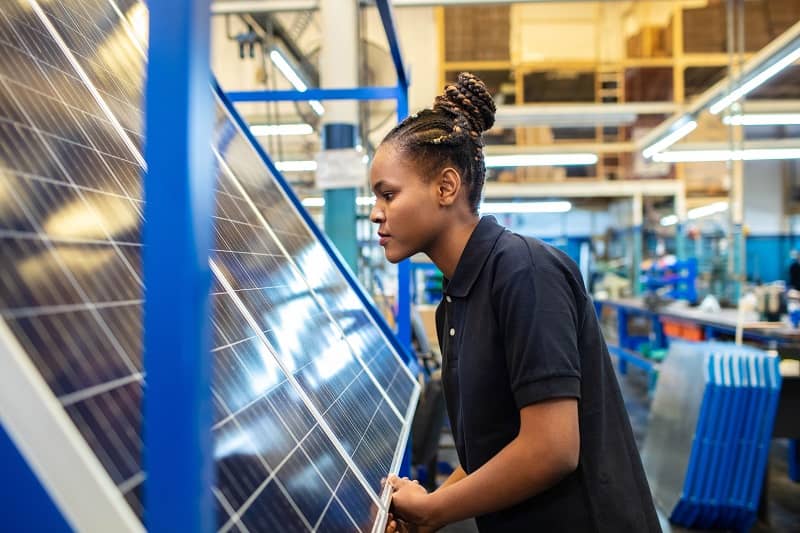By Steve Buckstein
To hear some teachers talk, you would think before smartphones became ubiquitous in their classrooms that every student sat politely and paid attention every minute of the day. Of course, anyone who was ever a student knows the messy truth about this assertion. So, a little perspective may be in order, both about the evolution of the telephone and what should be the evolution of our educational system.
It wasn’t too long ago that if our parents or grandparents wanted to make a phone call from home, they would pick up the receiver and ask the monopoly “phone company” operator to place their calls. Later, how glorious it was that we could use our rotary phones to spin out our own calls, even long-distance ones if we could afford the high per-minute costs. Then came digital phones, and finally cell phones became affordable to the masses. But even the early cell phones had limited uses.
You may not remember, but none of us had any cell phone apps before 2008, because there weren’t any. None. Imagine: All you could do on your cell phone before 2008 was make calls, maybe text, and maybe connect to the World Wide Web on a slow Internet connection.
Just nine years later, more than two billion people worldwide use apps on their smartphones. You may have dozens of apps on your phone today and, even if you only use a handful of them regularly, that’s a world away from what it was like before 2008. Lots of things are a world away from what they were like before 2008—except for public education.
Consider the children in our schools today. Many of them have never known a world without smartphones and their apps. Rotary telephones, even landlines, are likely just historical oddities to them. Much of their world is new, except the way we adults try to educate them. First, we assign them to a school based on their ZIP code; then we sit them down in rows, in a classroom with kids their same age, all in front of one teacher lecturing about some subject they may or may not find interesting and relevant to their lives.
We say that we want our kids to learn how to take advantage of technology, take STEM courses, and be prepared for the new careers awaiting them. So why do we see their use of that technology every day in school as a problem? They’re not paying attention to the teacher! They’re watching their screens instead of sitting politely in rows listening to the math lesson at 10 am, or the history lesson at 2 pm. The very technology that we want them to be able to use in their careers is enabling them to tune out the lessons we think they need to learn now before entering those careers.
We know that they’ll likely find value in many of these subjects later in life; but if they can’t learn those lessons in ways that are relevant to them now, they may never learn them at all; or they may learn them too late to avoid painful life experiences between now and then.
As the nation’s largest teachers union recently documented, taxpayers pay nearly $15,000 every year for all the costs associated with each student attending Oregon public schools—more than in 33 other states. Rather than let a smartphone costing a few hundred dollars get in the way of any student’s $15,000 education, we need to find ways to let it supplement or enhance their learning experience.
As one high school teacher put it in an Atlantic magazine article on this subject last year,
“If educators do not find ways to leverage mobile technology in all learning environments, for all students, then we are failing our kids by not adequately preparing them to make the connection between their world outside of school and their world inside school.”
One systemic way to think about how smartphone technology can enhance learning is through Education Savings Accounts. Unlike school vouchers that act more like the rotary telephones of the school choice world, ESAs act more like the smartphones of that world, complete with countless apps that can help students learn virtually any subject, often at a fraction of the cost associated with traditional brick and mortar schools.*
While vouchers only let parents pay for private school tuition, ESA funds may also be used for other approved educational expenses, such as online learning programs, private tutoring, community college costs, and other customized learning services and materials.
Also, while voucher funds all go to private school tuition or are lost to the families, funds remaining in ESA accounts each year may be “rolled over” for use in subsequent years, even into college. This creates incentives for families to “shop” for the best educational experiences at the lowest cost, as well as incentives for schools and educational programs to price their services as low as possible, not as high as possible as might be done under a voucher program.
The bottom line is that, while smartphones in school can be a distraction, they can also pave the way to better, more efficient use of educational resources. It is up to us as adults to harness their power for good instead of just bemoaning their power to distract.
* To see how Oregon’s former State Treasurer sees smartphones undercutting the entire economic model of higher education (and by inference K-12 education), watch this 59-second video.
Steve Buckstein is Senior Policy Analyst and Founder of Cascade Policy Institute, Oregon’s free market public policy research organization. This Commentary is adapted from a portion of the author’s written and oral testimony at the Oregon State Senate Education Committee’s Informational Hearing on Education Savings Account bill SB 437 on June 13, 2017.











